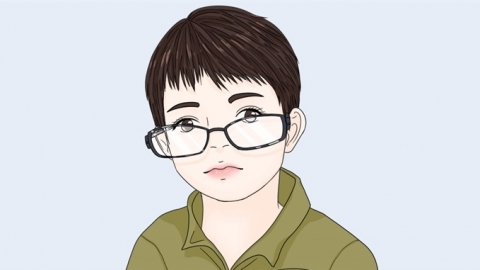Is 200-degree astigmatism in children severe?
Children with 200 degrees of astigmatism fall into the category of moderate astigmatism. Whether it is serious depends on the visual acuity and symptom presentation. If visual acuity is normal after correction and there are no discomforts, it generally isn't considered severe. However, if the correction outcome is poor or it causes problems such as amblyopia, it may be more serious. If concerned, it's advisable to seek medical consultation early. Detailed analysis is as follows:

If a child has 200 degrees of astigmatism, but after wearing appropriate corrective glasses, their vision improves to a level comparable with peers, and there are no noticeable symptoms such as blurry vision, visual fatigue, or tilting the head to see better, then the condition generally isn't considered serious. Continuous wearing of corrective glasses, maintaining good eye habits, and regular vision checkups can help maintain stable visual function and usually won't significantly impact eye development.
However, if a child with 200 degrees of astigmatism still cannot achieve normal visual acuity even with glasses, or if prolonged blurry vision leads to complications such as amblyopia or strabismus, the condition may be quite serious. Missing the optimal treatment window for amblyopia can lead to permanently reduced vision; strabismus not only affects appearance but also further impairs visual function development, requiring timely interventions such as prescription lenses, occlusion therapy, or even surgery.
When a child is diagnosed with 200 degrees of astigmatism, it is important to strictly follow medical advice to wear corrective glasses, reduce close-up visual tasks, avoid prolonged screen time, have regular eye exams every 3–6 months to monitor vision and astigmatism levels, and seek immediate medical attention if any visual abnormalities occur.





